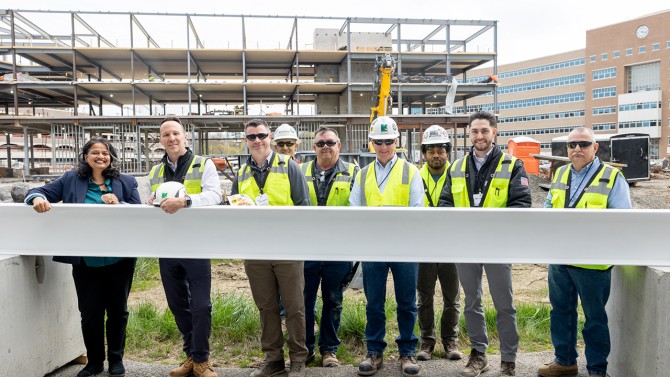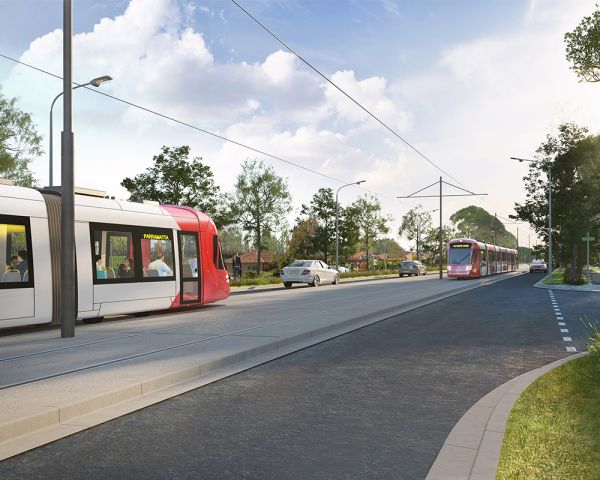Using sensors and robots in the home could be the key to keeping Australia’s rapidly ageing population at home longer.
This technology could also pose a solution to a recommendation of the 2021 Royal Commission into Aged Care Quality and Safety, which identified a lack of adequate resources to meet the growing demand for aged care facilities and hospitals.
For the first time, NSW universities, healthcare providers and local health districts will survey older Australians, carers, families and healthcare professionals about their attitudes to the use of technology that can support their increasing preference to age at home. The UTS Institute for Sustainable Futures is leading the project in collaboration with the NSW Smart Sensing Network (NSSN) and the University of Newcastle’s FASTLab.
“Using sensor-driven technology in the home can help support Australia’s rapidly ageing population and alleviate the burden on hospitals and aged care resources,” Professor Jason Prior from the UTS Institute for Sustainable Futures says. “However, we don’t know what the everyday ageing person thinks about using this technology. That’s why we are conducting this market research: to give us the insight we need.”
The project comes as the Australian population over 65 is rapidly increasing and demand for aged care services is expected to grow. More than 1.3 million people were using aged care services in Australia in 2019-2020, and there is an increasing preference for people to stay in their homes.
NSSN MedTech Theme Leader Catherine Oates Smith says governments quickly need a plan to support the country’s rapidly ageing population and sensors can help.
“Sensors can collect data on lifestyle and biometric data, such as activity data and blood pressure readings, and then trigger preventative and urgent alerts. The information picked up by the sensors can be sent to family, carers and telehealth operators so that action can be taken to support the ageing person in their home, instead of them having to go to the hospital or an aged care facility. In the aged care sector, a vital sign alerting system could significantly reduce the number of falls for ageing people, especially at night, and reduce the burden on carers to do check-ups in person.”








